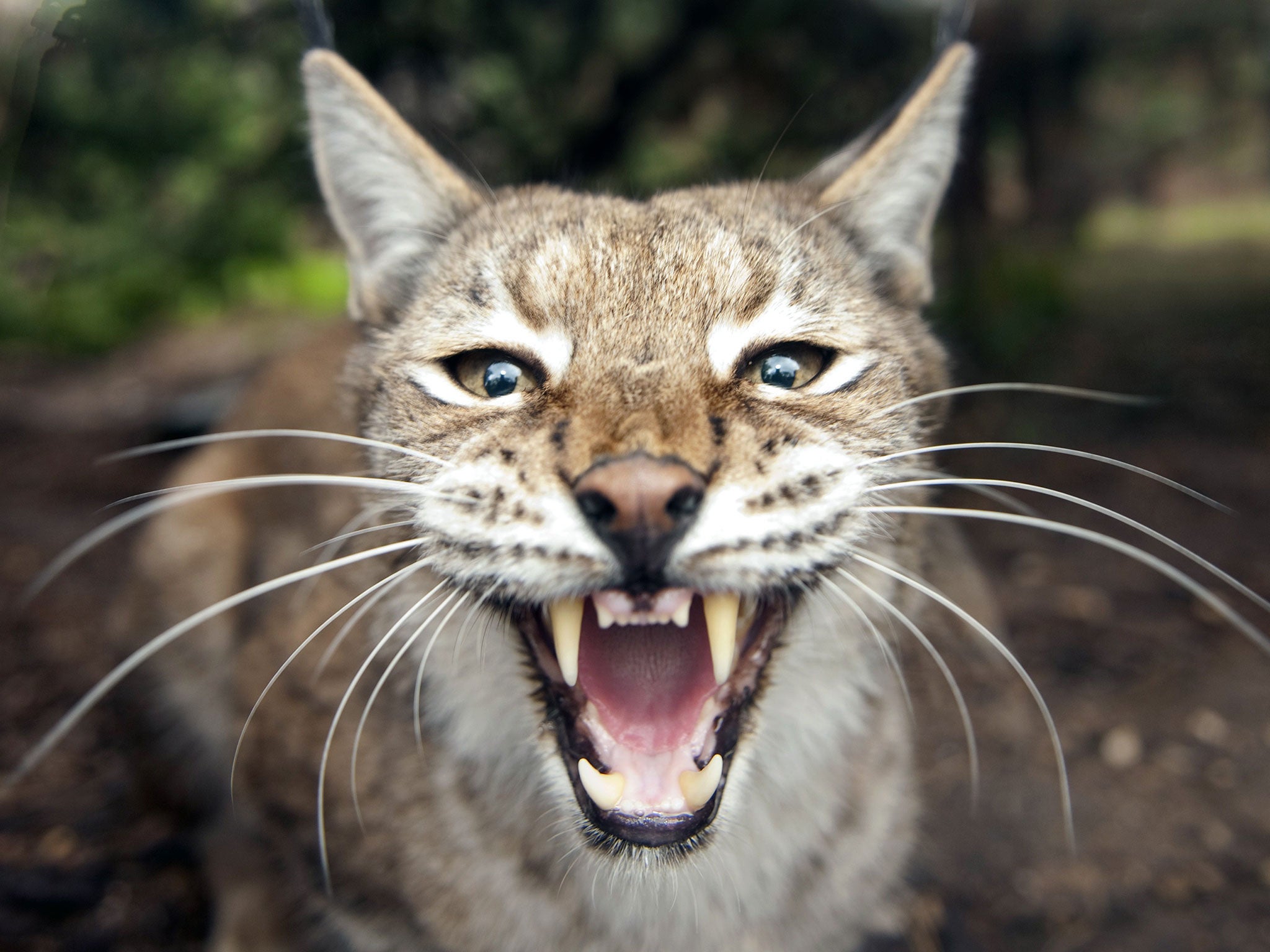Nature Studies: Centuries of decline in the UK’s wildlife can be halted... if we start now
Reintroducing lost animals to the UK may be artificial, but it could be the only hope left for our catastrophically depleted wildlife

I was fascinated to read a piece in Saturday’s Independent by one of our best writers, Boyd Tonkin, on rewilding – the wildlife conservation technique which involves restoring vanished ecosystems, recreating a natural wilderness and returning lost animals, including large predators, to their original habitats.
The controversial idea arose in America, and the occasion for the piece was the launch last week of a pressure group, Rewilding Britain, set up to be a formal voice for the idea in this country. Here, enthusiasts are already welcoming the return of long gone creatures such as the boar and the beaver, anticipating the reappearance of Europe’s biggest wild cat, the lynx, and dreaming of the day when even wolves may once again roam our land (or at least, the remotest bits of it).
Boyd’s piece was a well-documented and forceful attack on the whole concept. But it was not written from a conservation point of view; it was a critique of rewilding as a cultural phenomenon, and the essence of the complaint was that it was inauthentic, a form of ecological play-acting.
In a country whose landscape had been shaped by people for thousands of years, he argued, you could not really bring back pristine wilderness. What you would be doing in attempting it was a form of gardening and it was important to recognise that there was “a level of artifice” involved.
I don’t necessarily disagree, but where I take issue with the premise is that it uses cultural inauthenticity to invalidate the whole concept of rewilding. In so doing, he has completely missed the biggest point about it, which is that it seeks to restore and to repair a wildlife which in Britain (as in much of the rest of the world) is catastrophically damaged.
The extent of the destruction of Britain’s biodiversity since 1970, mainly through intensive farming, is scarcely believable. In just four decades, more than half of our wild birds, wild flowers, butterflies and other insects have disappeared.
The problem is recognised by professional conservationists but rarely understood by the general public, though the statistics are damning. Farmland birds, for example, have declined as a whole since 1970 by 56 per cent, on the Government’s own admission, but as they had been declining for two decades before that, the true figure is much higher. As I wrote last week, the turtle dove, down by 96 per cent, is now firmly on the slide to extinction.
What makes these calamitous losses even worse is that, compared with the rest of Europe, our wildlife even half a century ago was already impoverished after a series of devastating assaults. The enactment of the Tudor vermin laws after 1532 led to the organised slaughter by country parishes of everything from hedgehogs to woodpeckers, with animals such as the pine marten and the wild cat being wiped out in England completely. Meanwhile, the rise of shooting estates in the Victorian era allowed gamekeepers to exterminate birds of prey, and much else. The tide of pesticides, which the farmers let loose across the land from the 1950s onwards, merely completed the process of wildlife impoverishment.
Yet many of us do not realise just how pathetically poor our wildlife now is, because of what has become known as the Shifting Baseline Syndrome: we take what we see in the world around us as the norm, and do not register the losses which went on before us. Take a country walk today, for example, and you might hear a skylark, and be delighted; your parents might have heard ten such bird calls; your grandparents, 100.
The essence of rewilding is to change conservation priorities, to bring back the 100 skylarks our grandparents knew and not just to protect the one we still have. Lynxes and wolves are all very well, but they are only the most controversial part of trying to restore ecosystems to the varied richness that they once enjoyed.
If you visit the best known example of rewilding in England, the Knepp estate in Sussex, you won’t find it running with large, dangerous beasts. But you will find, in semi-wilderness which was managed farmland just 15 years ago, one of the best sites both for nightingales and purple emperor butterflies in all of Britain, and a healthy population of our rapidly disappearing turtle doves.
You might say it’s inauthentic, and an artifice; personally, I think it’s wonderful.
Join our commenting forum
Join thought-provoking conversations, follow other Independent readers and see their replies
Comments